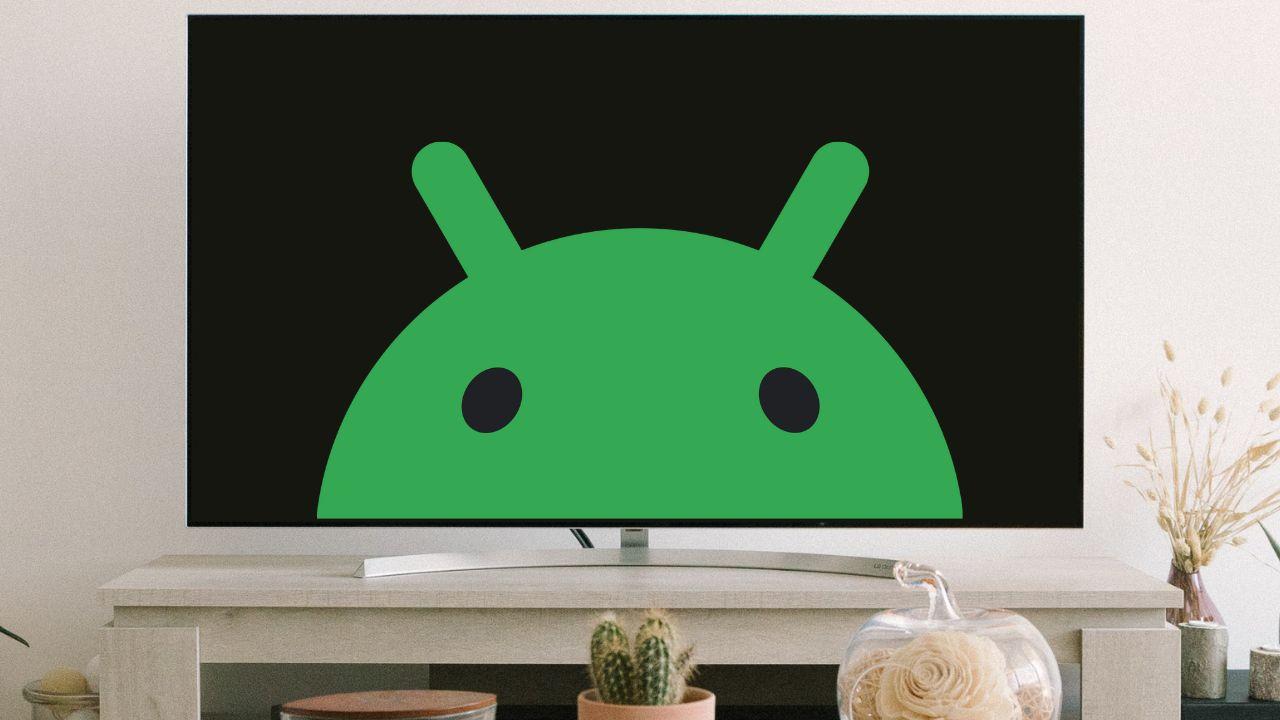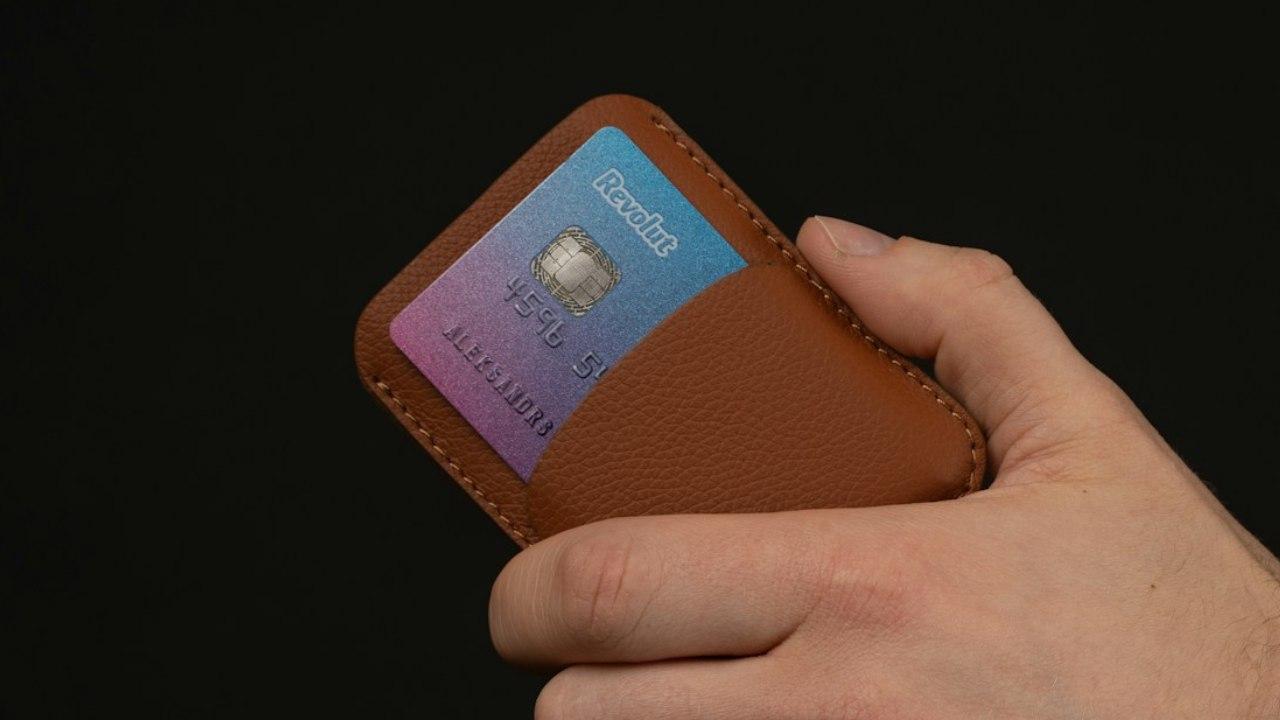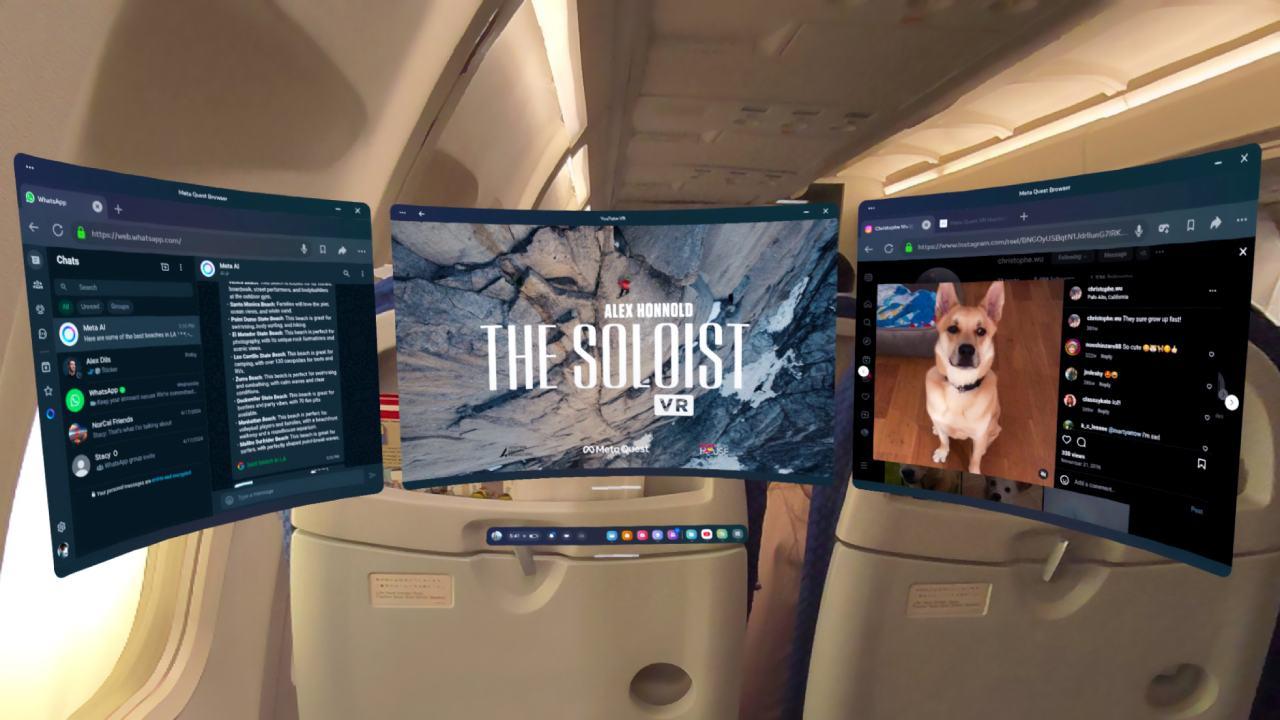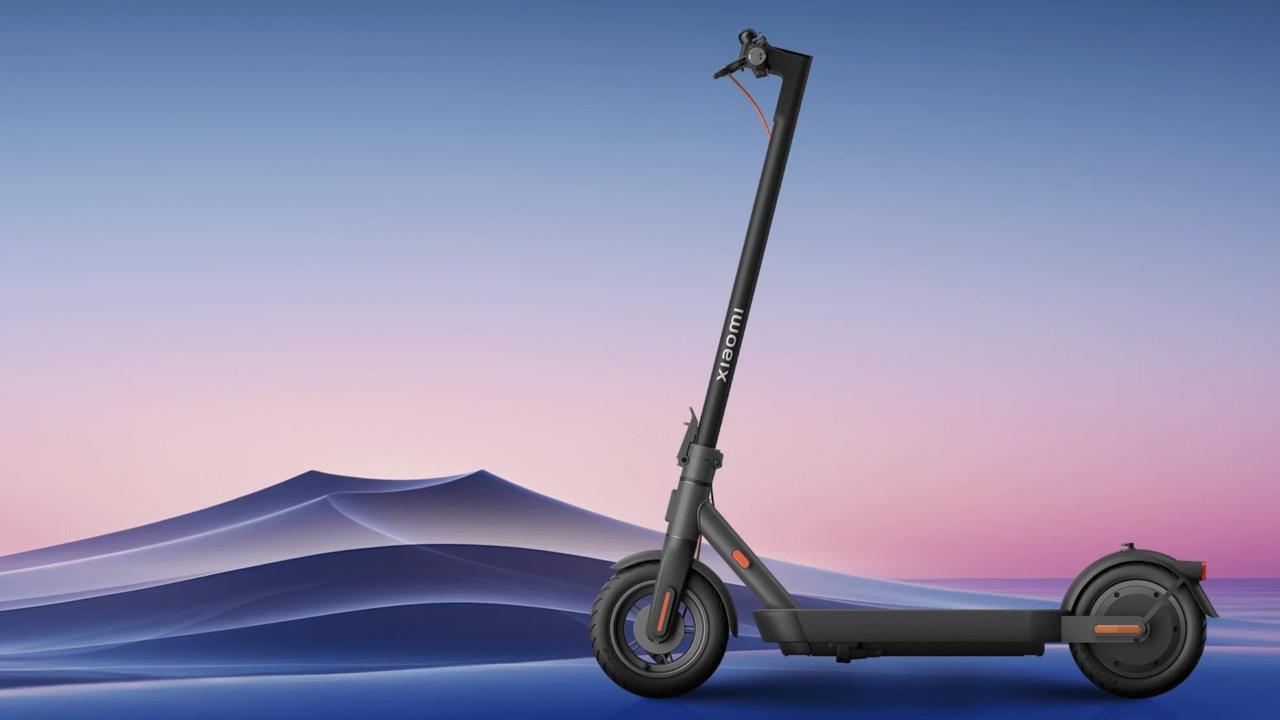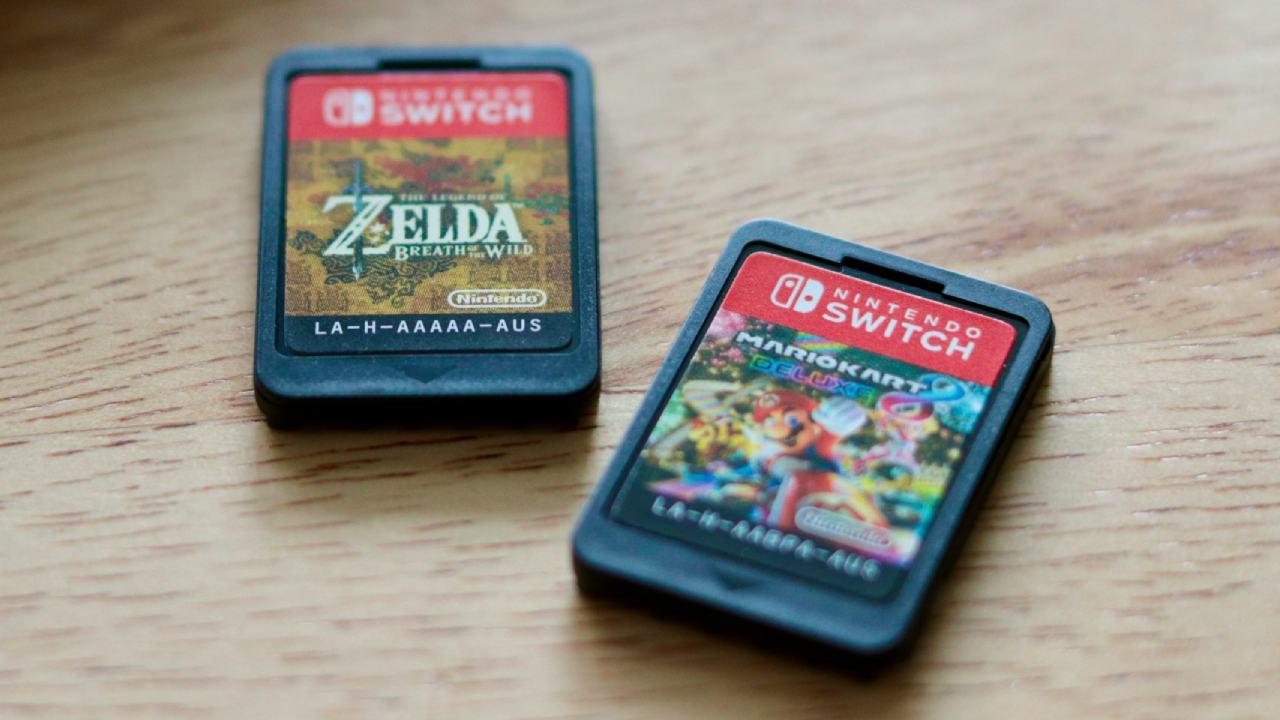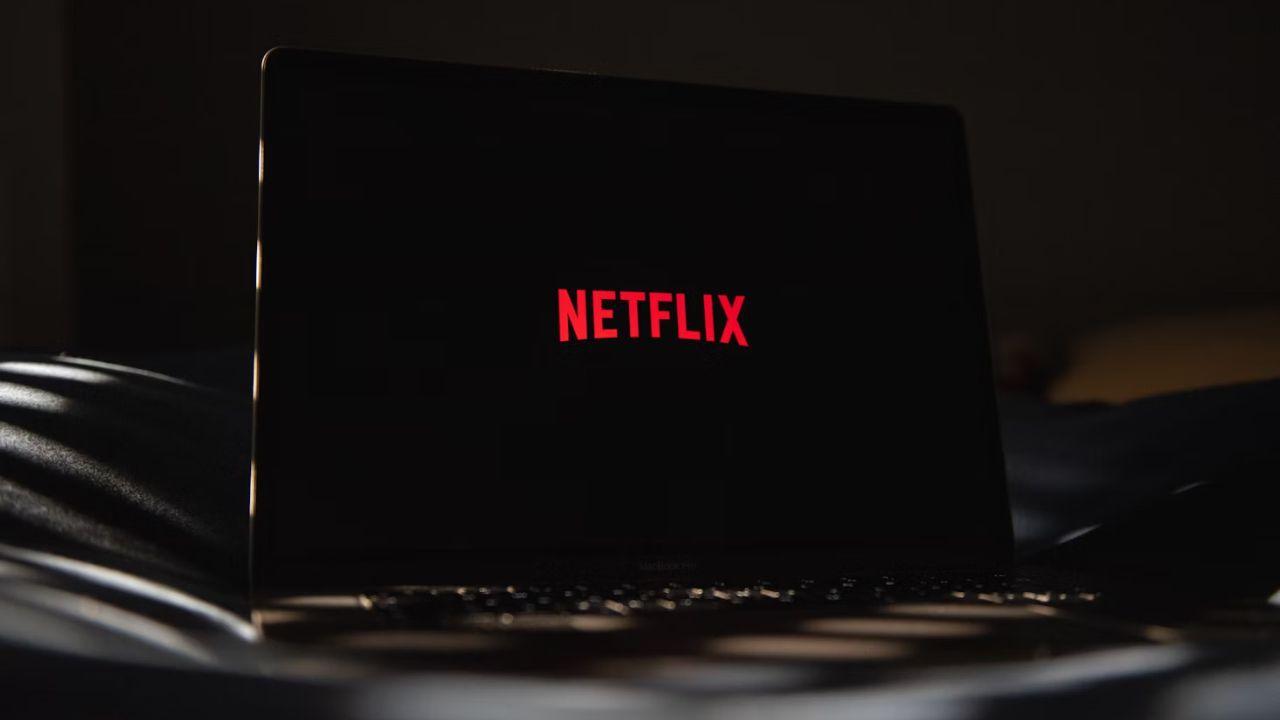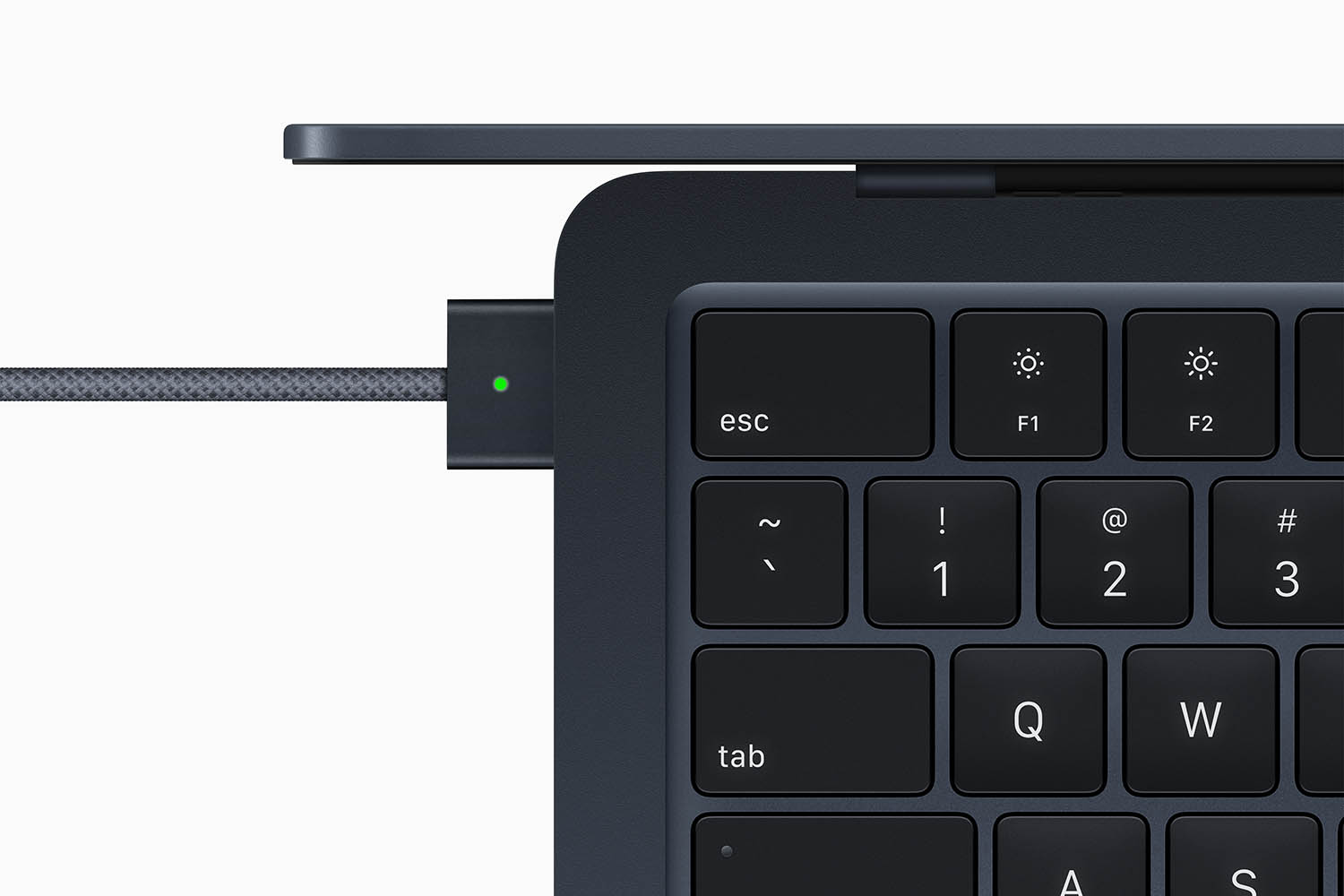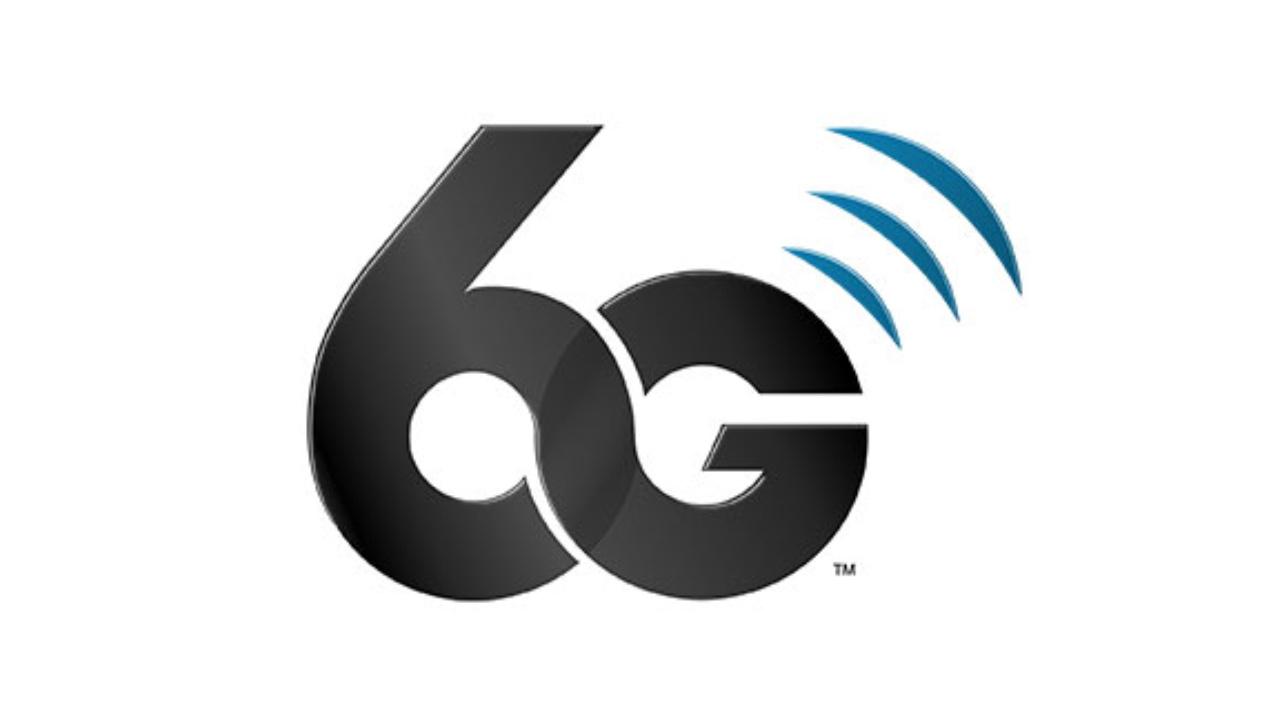
The development of the new generation of mobile connectivity achieves important progress, with the decision on its graphics and official names as well as the broad international consensus reached for the standard to be developed centrally within the 3GPP project.
The international consortium of telecommunications development organizations, 3GPP, dedicated to the creation of mobile network standards, has published the new logo for the 6G network, which will replace the current 5G. The sixth generation of this technology will aim to accompany the development of the Internet of Things (IoT), facilitating multiple connections between devices with very low latency that guarantees speed.
Although the consortium is still in a relatively early phase of the process, still deciding on its technical specifications, it is known that the new standard will be homogeneous globally. The current tensions between countries will not, therefore, affect the creation of a single standard that defines what 6G consists of.
The group that makes up the 3GPP, which began the project to unify this technology in December 2023, will present the new logo for the first time at an event on May 8, 9 and 10 in a sample of possible 6G use cases in Rotterdam, Netherlands.
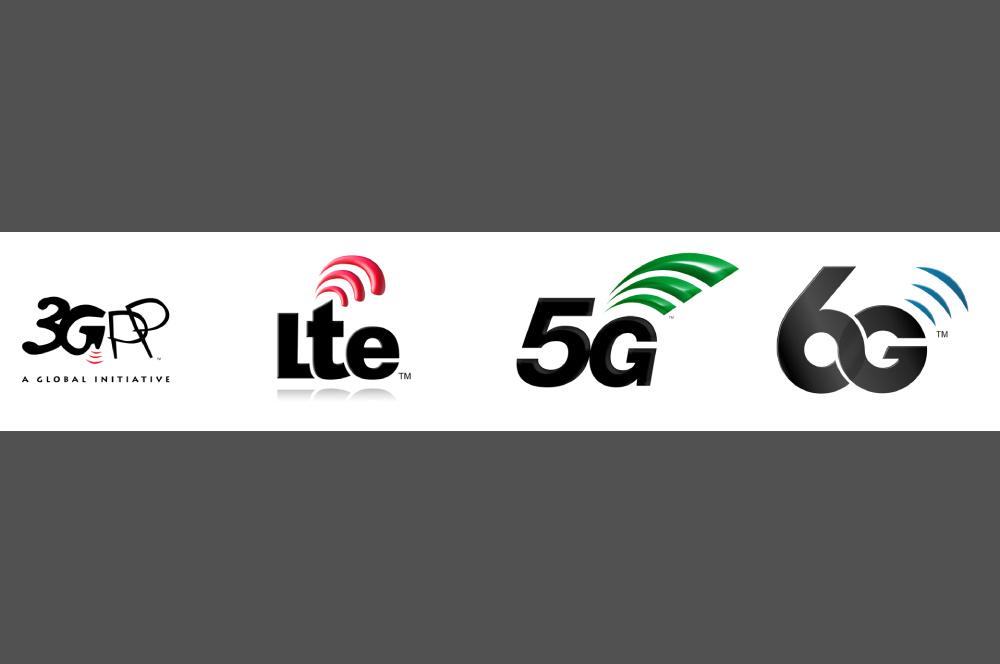
The new representative image of 6G has many similarities with that of 5G, although its characters are rounder and show an optical union effect. The size of the ‘G’ is also adjusted to completely adapt to the circular shape of the number 6. Likewise, the three waves stop being green and become blue, and are finer and more spaced out. The ‘TM’ symbol is also slightly enlarged to emphasize that this is a registered trademark.
A simplified identity
Not only does the new logo use a modern and simple aesthetic that allows for quick identification, but its name is also simplified to reduce barriers between technological experts and the general public. That is, its name will be ‘6G’, neither more nor less, which may seem obvious but it is not: the 2G standard, for example, is actually called GSM.
Along with the publication of the logo on April 23, the consortium also shared its regulations of use, which emphasizes the importance of not manipulating the image in any way. They refer, for example, to not modifying the dimensions of the logo, making it narrower or taller, ensuring that its aesthetics are always the same.
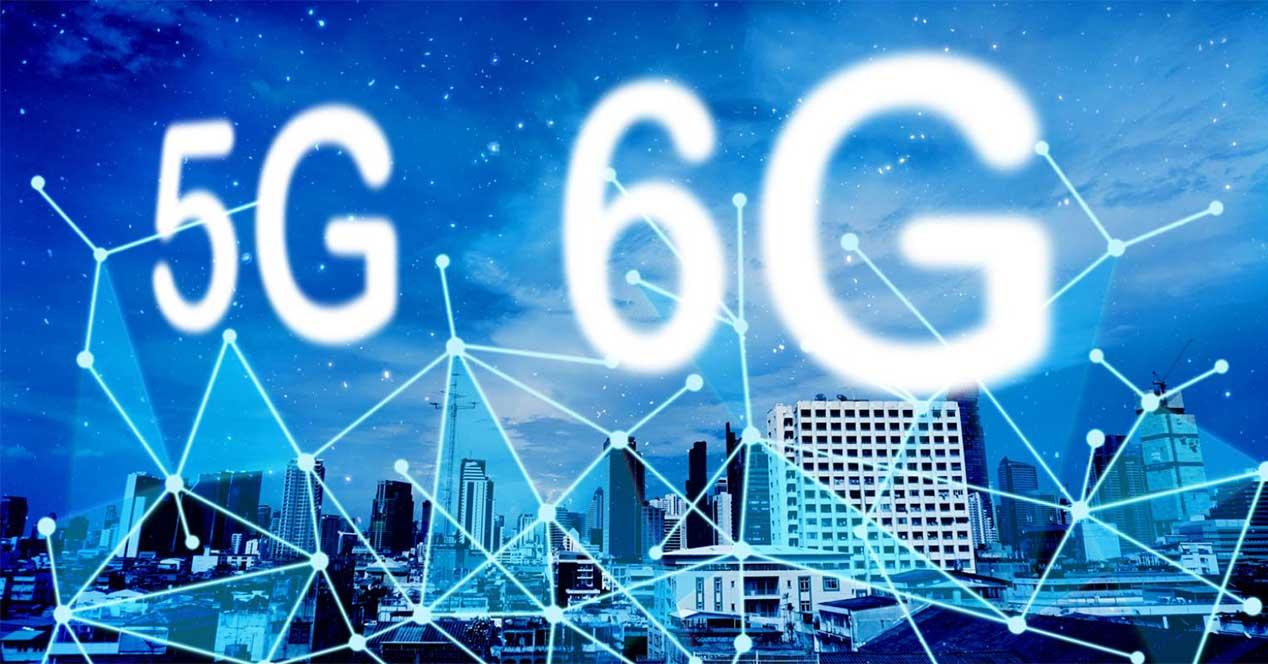
At the event in Rotterdam where the image will be publicly exhibited, speakers from various sectors will participate, such as automotive, industrial and multimedia, as well as from various regions, with the presence of China, South Korea, Japan, India, North America and Europe.
6G Features
Although the list of specifications is not yet confirmed, the objectives of the new technology are known: a maximum speed of between 50 and 200Gb, user speed of between 300 and 500Mb, mobility of between 500 and 1,000 kilometers/ hour and a latency of between 0.1 and 1 milliseconds.
In terms of use cases and capabilities, it is expected that the sixth generation of mobile networks will contribute to the consolidation of massive and immersive communication, integration of artificial intelligence and sensors, which will be equally present in both terrestrial and mobile networks. satellites and that is sensitive to the environment with great geographical precision. It is expected that the implementation of 6G in everyday services will begin to be deployed by 2030.


